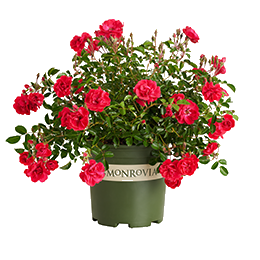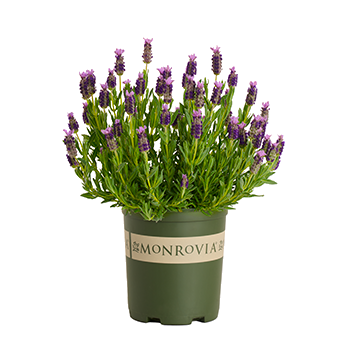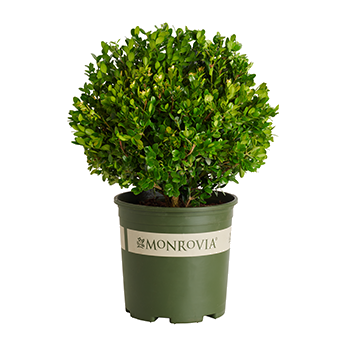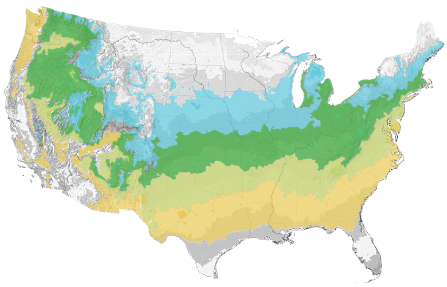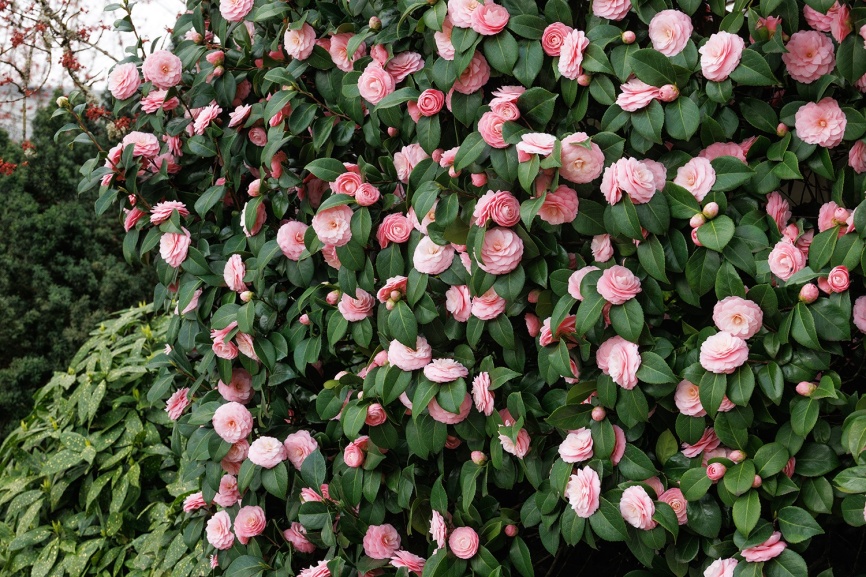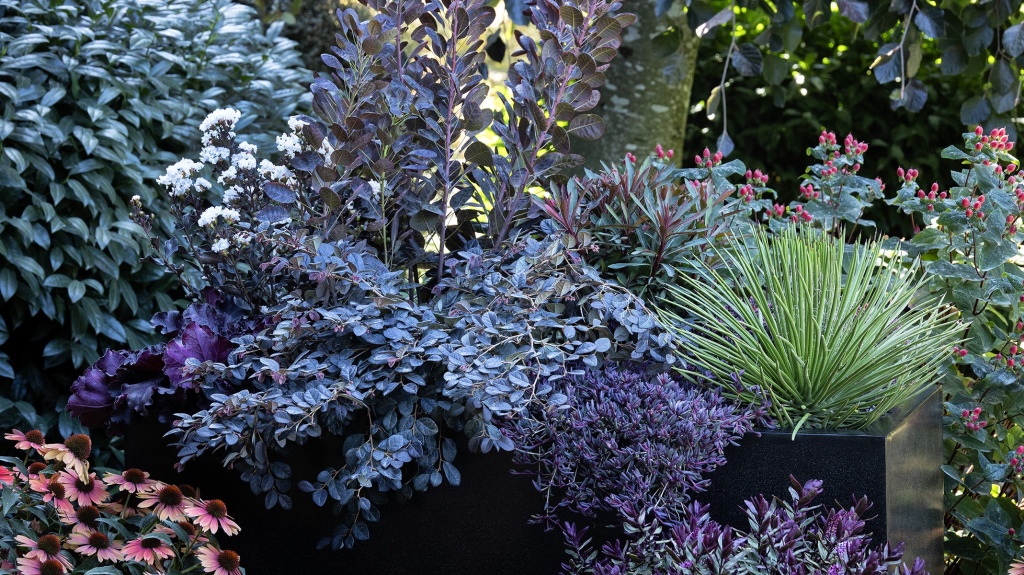You're growing in this Zip Code:
Change LocationDiscover Plants for Your Area
Looking Glass Rhododendron
Rhododendron x 'Looking Glass' (H-2)
Retailers Near You
| Description | Deep red buds open to deep pink blooms with frilled edges against attractive, medium green foliage. A good performer in the landscape. Evergreen. |
|---|---|
| Bloom Time | Spring |
| Deciduous/Evergreen | Evergreen |
| Special Features | Attracts Butterflies, Attracts Pollinators |
| Growth Rate | Moderate |
| Growth Habit | Upright |
| Flower Attributes | Showy Flowers |
| Landscape Use | Border, Hedge |
| Design Ideas | A fiery rhodie for interest to evergreen forested settings. Use it to draw the eye deep into a spring garden. Save for high profile foundation planting beneath windows where the flowers will sit right at the sill for indoor and outdoor viewing. Close up locations to outdoor living spaces bring the rose-like flowers up close. A beauty in mixed shrub borders or to add zest among cool colored perennials. |
| Flower Color | Pink |
| Foliage Color | Green |
| Companion Plants | Hydrangea (Hydrangea); Azalea (Azalea); Lily of the Valley (Pieris); Bleeding Heart (Dicentra); Coral Bells (Heuchera) |
| Care Instructions | Follow a regular watering schedule during the first growing season to establish a deep, extensive root system. Provide well drained soil, rich in organic matter. Feed with an acid fertilizer after bloom. Keep roots cool with a thick layer of mulch. |
| History | The genus Rhododendron is grouped into the heath family, Ericaceae which contains many acid soil loving species. Rhododendron was named and classified by Linnaeus who named it from the Greek for rose tree. This genus also contains shrubs commonly called azaleas within its 800 Rhododendron species and thousands of hybrids. The species are native to temperate areas of the Northern Hemisphere but are most abundant in the Himalayas and other mountains of Asia. This plant is a cultivar of the Japanese species, R. yakushimanum, native to the region of Yakushima and introduced in 1934. The direct parent is the hybrid 'China.' Looking Glass was developed by Briggs Gordner in the 20th century. |
| Lore | Rhododendrons are largely found in the Himalayas and other mountains of Asia as well as some species in temperate North America. |
| Description | Deep red buds open to deep pink blooms with frilled edges against attractive, medium green foliage. A good performer in the landscape. Evergreen. |
|---|---|
| Bloom Time | Spring |
| Deciduous/Evergreen | Evergreen |
| Special Features | Attracts Butterflies, Attracts Pollinators |
| Growth Rate | Moderate |
| Growth Habit | Upright |
| Flower Attributes | Showy Flowers |
| Landscape Use | Border, Hedge |
|---|---|
| Design Ideas | A fiery rhodie for interest to evergreen forested settings. Use it to draw the eye deep into a spring garden. Save for high profile foundation planting beneath windows where the flowers will sit right at the sill for indoor and outdoor viewing. Close up locations to outdoor living spaces bring the rose-like flowers up close. A beauty in mixed shrub borders or to add zest among cool colored perennials. |
| Flower Color | Pink |
| Foliage Color | Green |
| Companion Plants | Hydrangea (Hydrangea); Azalea (Azalea); Lily of the Valley (Pieris); Bleeding Heart (Dicentra); Coral Bells (Heuchera) |
| Care Instructions | Follow a regular watering schedule during the first growing season to establish a deep, extensive root system. Provide well drained soil, rich in organic matter. Feed with an acid fertilizer after bloom. Keep roots cool with a thick layer of mulch. |
|---|
| History | The genus Rhododendron is grouped into the heath family, Ericaceae which contains many acid soil loving species. Rhododendron was named and classified by Linnaeus who named it from the Greek for rose tree. This genus also contains shrubs commonly called azaleas within its 800 Rhododendron species and thousands of hybrids. The species are native to temperate areas of the Northern Hemisphere but are most abundant in the Himalayas and other mountains of Asia. This plant is a cultivar of the Japanese species, R. yakushimanum, native to the region of Yakushima and introduced in 1934. The direct parent is the hybrid 'China.' Looking Glass was developed by Briggs Gordner in the 20th century. |
|---|---|
| Lore | Rhododendrons are largely found in the Himalayas and other mountains of Asia as well as some species in temperate North America. |
Retailers Near You
About Us
We have been pioneers and craftsmen in the art of growing plants for nearly
100 years. Since our founding in Southern California by Harry E. Rosedale, Sr.
in 1926, we have been absolutely dedicated and obsessed with quality.
We have been pioneers and craftsmen in the art of growing plants for nearly 100 years. Since our founding in Southern California by Harry E. Rosedale, Sr. in 1926, we have been absolutely dedicated and obsessed with quality.
